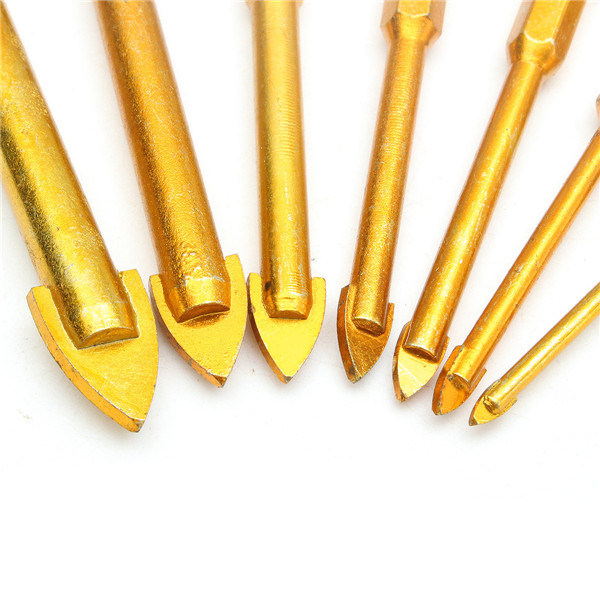Solid Relay Frequently Asked Questions
1, the relay does not disconnect
1) The load current is greater than the rated switching current of the SSR, which will permanently short the relay. In this case, use a SSR with a large rated current.
2) At the ambient temperature where the relay is located, if the heat is not good, the output semiconductor device may be damaged. In this case, a larger or more effective heat sink should be used.
3) Line voltage transients cause the SSR output to be punched through. In this case, use a higher rated SSR or provide additional transient protection circuitry.
4) The line voltage used is higher than the rated voltage of the SSR.
2. The SSR is disconnected after the input is cut off.
When the SSR should be disconnected, measure the input voltage. If the measured voltage is lower than the voltage that must be released, it indicates that the discharge voltage of the breaker is too low. The relay should be replaced. If the measured voltage is higher than the SSR must release the voltage, then There is a problem with the line in front of the SSR input and must be corrected.
3, the relay does not conduct
1) When the relay should be turned on, measure the input voltage. If the voltage is lower than the required operating voltage, it indicates that there is a problem with the line in front of the SSR input. If the input voltage is higher than the required operating voltage, check the polarity of the power supply and if necessary. Correct it.
2) Measure the input current of the SSR. If there is no current, the SSR is open. The relay has a fault. If there is current but lower than the action value of the relay, there is a problem with the line in front of the SSR and it must be corrected.
3) Check the input part of the SSR and measure the voltage across the SSR output. If the voltage is lower than 1V, it indicates that the line or load other than the relay is open and should be repaired; if there is a line voltage, it may be a short circuit of the load, causing the current to be too large. The relay has failed.
4, the relay works irregularly
1) Check all wiring for correct, faulty or incorrect faults.
2) Check if the input and output leads are together.
3) For very sensitive SSRs, noise can also be coupled to the input to cause irregular conduction.
5, AC motor or solenoid load causes vibration
Due to the alternating dv/dt problem, the SSR can fluctuate for half a week. At this time, it is helpful to use a buffer.
Glass bits have a spade-shaped carbide point, used to drill holes in materials of glass, ceramics,etc. They generate high temperatures and have a very short life. Holes are generally drilled at low speed with a succession of increasing bit sizes. Diamond drill bits can also be used to cut holes in glass, and last much longer.
It is an alloy triangular bit mounted on the ordinary Electric Hand Drill, which has high hardness, sharp blade and good precision, and is specially used for opening holes in ceramic tiles. But the drill wears too much into concrete to be used on concrete.


Ceramic Tile Bit,Ceramic Drill Bit,Drilling Through Tile,Ceramic Tile Drill Bit
Behappy Crafts (suzhou)Co.,Ltd , https://www.craftsbehappy.com